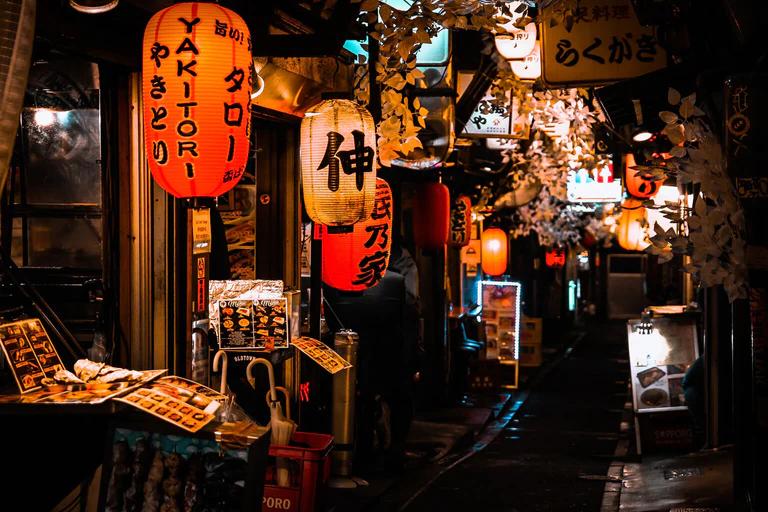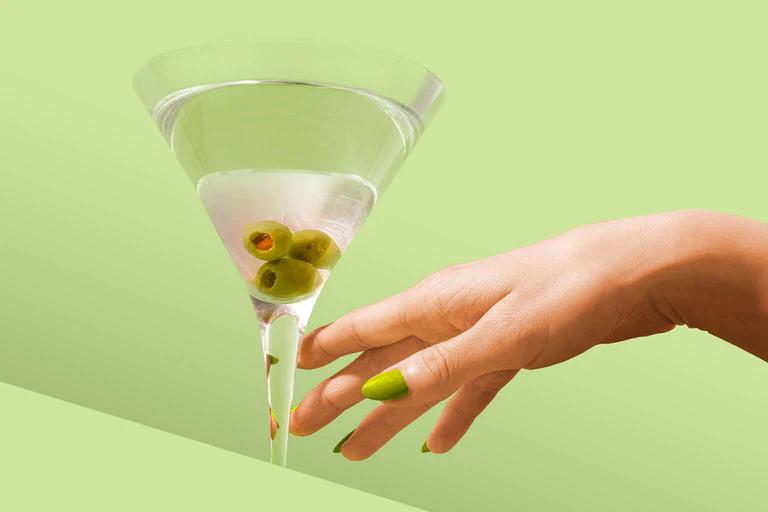As much as we like to nerd out about rice types, brewing methods and sake meter value, at the end of the day, drinking is about having fun! And what’s more fun than drinking games? We’re going to introduce you to five Japanese drinking games (“nomi-ge”). Some can be played with just two people, while others can entertain an entire party. Are you up to the challenge?
Bekuhai
A coworker told me, “Kochi people will drink you under the table.” I’ve yet to experience this for myself, but as Kochi prefecture is the birthplace of various Japanese drinking games, I’ll take her word for it.
One game that originated in Kochi is Bekuhai. This game is simple, in that there aren’t any rules to remember. The difficulty arises in how much you can drink. (For the record, we advise knowing your limits and considering your health above all else.)
How to play
There are three cups in a Bekuhai set, and each are modeled after different Japanese folklore characters: the “okame” (funny-faced woman), the “hyottoko” (funny-faced man) and the “tengu” (goblin). All are irregularly shaped and therefore difficult, if not impossible, to set down. Each cup holds a different amount of sake, with the tengu containing the most. Each player spins a top to find out which cup they’ll be drinking from. If you get the tengu — good luck!
Hashiken
Another Kochi prefecture game, Hashiken has actually become so popular that they hold tournaments! This one only requires two participants, so you can easily play at home with a friend.
According to the city of Sukumo, Hashiken can trace its origins back to 1849, when a traveler from Kyushu introduced the game while staying at a local inn. While play only requires two people, you’ll often find this drinking game played at large banquets in Kochi prefecture — and they can get very animated!
How to play
All you need to play Hashiken are chopsticks. First, play Janken (Rock, Paper, Scissors) to determine the order of play; the loser has to put forward their chopsticks, hidden under their forearm, first. They can put forward up to three chopsticks. The goal is to get the total number of chopsticks to amount to three, so how many chopsticks each person puts forward is a guess depending on what they think their opponent will do.
After the second person’s turn, the first person can make a guess about how many chopsticks there are in total: one or five. Finally, everyone shows their hand. If the total amount is three, the second person wins. If the first person guessed correctly, they win. Whoever wins the round scores a point. The first to get to two points wins, and the loser has to drink!
Kiku no Hana
This Kochi prefecture game can get players into big trouble very quickly. It resembles cup switch games, wherein an object is hidden underneath a cup and the players have to pick out which one. However, the goal is the opposite in this Japanese drinking game.
How to play
“Ochoko” (small sake cups) are placed upside down on a table or serving tray; the number of ochoko depends on the player count. Underneath one of the overturned cups is a small object — traditionally, a chrysanthemum flower (hence the name of the game). The point is to avoid this cup, because the person who finds it must drink the amount of sake cups that have already been turned over. So if five people have already chosen their cup before someone finds the flower, that person must drink five ochoko worth of sake. (In the below video, the man is actually happy to find the object under the second cup because drinking two ochoko is much more manageable than if he had found it later.) Drink at your own risk!
Konpira Fune Fune
Konpira Fune Fune, or just Konpira, is a game geisha frequently play with their clients. It’s a two-player game that is played to the rhythm of a traditional song, which is either sung by the geisha who is playing, or by another entertainer in the room playing a shamisen.
How to play
Two people sit at a table facing each other. A small towel is placed on the table, and a flat object is placed on top of that. If the object is resting on the table during play, the person whose turn it is must tap it with an open hand. If the other player snatches the object, they must tap the towel with a fist instead. The game picks up speed as it goes along, so it becomes more difficult to react with the appropriate hand in time. Whoever messes up, drinks!
Horenso
In Japanese, “horenso” means “spinach.” But actual spinach has nothing to do with the game; you’re dealing with imaginary spinach here. This is a popular classroom game as well as a drinking game, and is especially challenging the larger your group is.
How to play
The first person to go in this game starts out with two imaginary spinach in their hands. They must either pass both spinach to one person, or one spinach each to two players. If someone has two spinach in their hands, they say “horenso” three times before passing it off. If they have only one spinach in their hand, they say “horenso” twice.
At some point, the initial two spinach will break off and you’ll have multiple rounds of the game occurring at the same time. You must keep an eye on how many spinach are coming to you, as well as remember to say “horenso” the appropriate amount of times. If you fail, you drink!
Have fun and play safely!
Turning to other cultures for inspiration is a great way to keep each get-together interesting. We hope you and your friends have endless fun drinking sake together. Just remember to know your limits and be safe. Next, try making these 15 sake cocktails!
Resources:
“Sake Culture.” Kochi City.
https://www.city.kochi.kochi.jp/kochi-city-travel-guide/sake_culture/
Roberts, M. “Japanese Party/Drinking Game.” Samurai Tours, 2011.
https://www.samuraitours.com/japanese-partydrinking-game/
Chiong, R. “10 Japanese Drinking Games You Can Play With Your Friends.” The Smart Local Japan, 2020.
https://thesmartlocal.jp/japanese-drinking-games/
“Sightseeing Guidebook of Sukumo City.” Sukumo City, 2011.
https://www.city.sukumo.kochi.jp/fs/2/3/8/6/_/sukumoGuideBook_web_eibn.pdf















